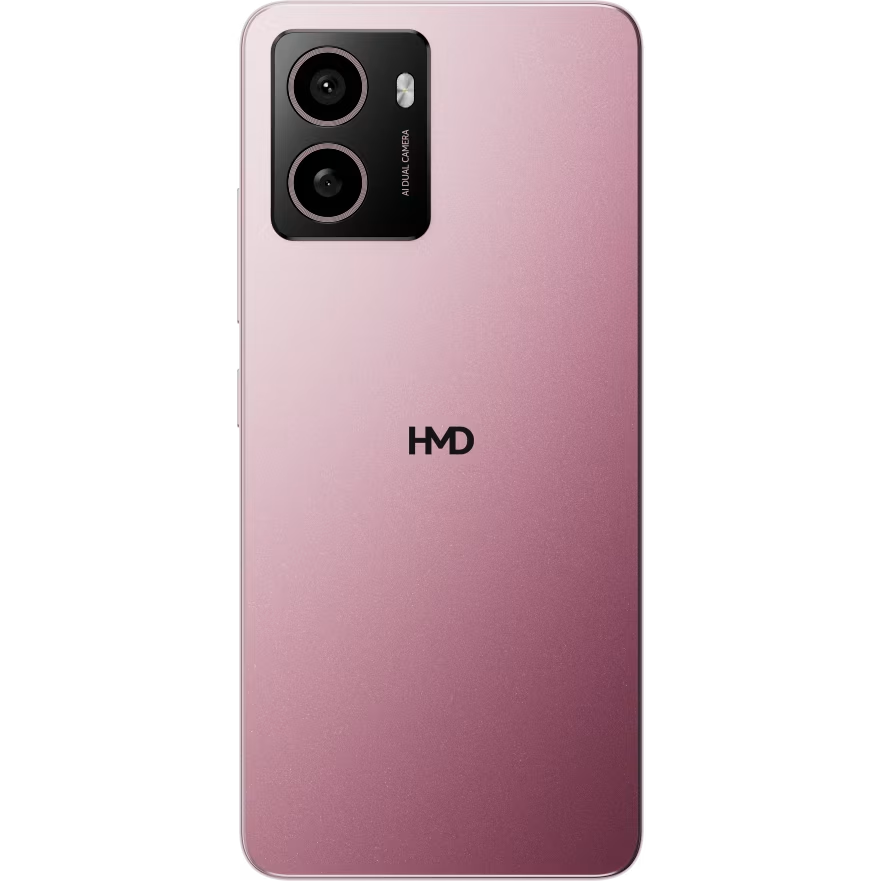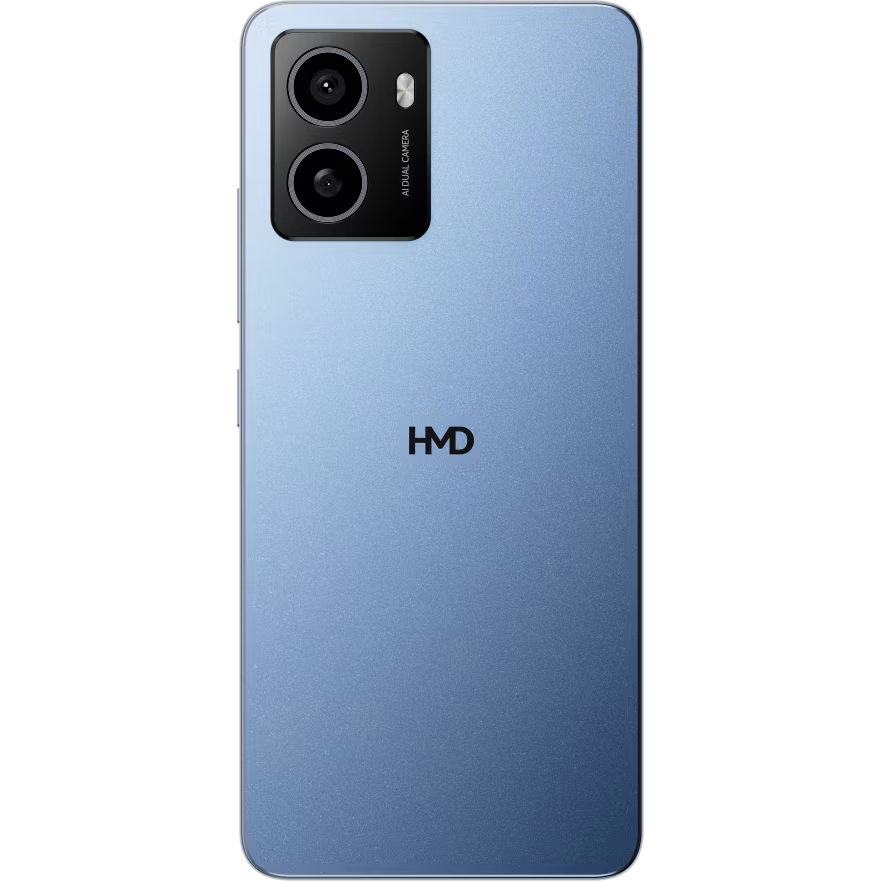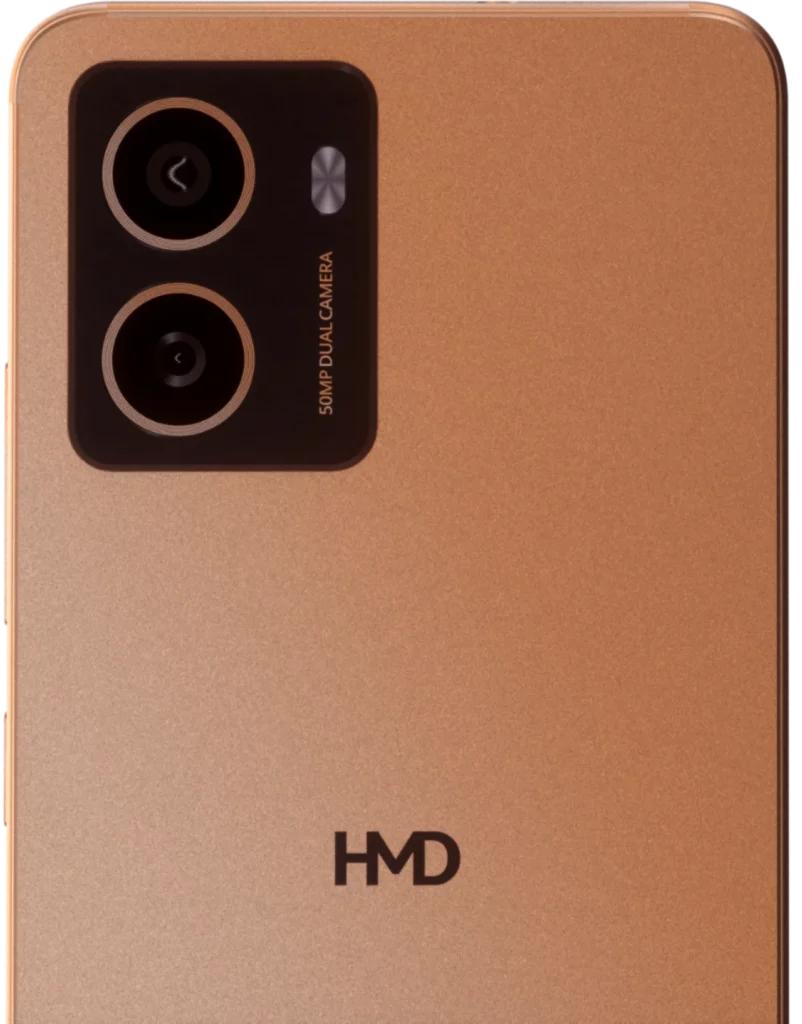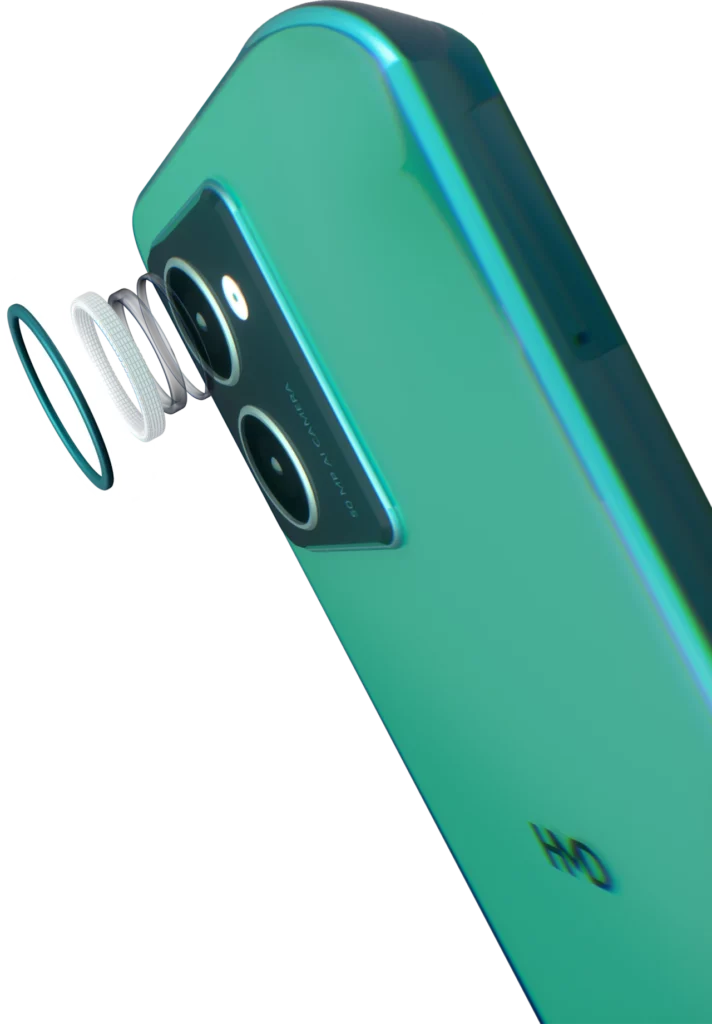HMD Global is charting its course in partnership with Nokia, and their latest endeavor introduces the Pulse lineup—a trio of smartphones priced between €100 and €200. These phones aim to appeal to growing consumer interest in eco-friendly products and repairability, embodying what HMD calls “Gen 1 repairability,” with users able to access self-repair kits from iFixit for tasks like battery replacement and screen swapping.
HMD Pulse
Let’s delve into the specifics of the Pulse series, starting with the base model, the HMD Pulse, priced at €140 or £100. All three models share the same Unisoc T606 chipset and feature a 6.65-inch LCD with a 720p+ resolution and a 90Hz refresh rate. While not groundbreaking, this display offers adequate brightness and color coverage.
Differentiating the models primarily lies in their camera setups. The Pulse sports a 13MP primary camera with autofocus and dual-LED flash, accompanied by a depth sensor, while the front houses an 8MP selfie shooter within a punch-hole cutout. The device packs a 5,000mAh battery, labeled as “QuickFix replaceable,” allowing for easy at-home battery replacement with basic tools.


Despite its modest specifications, the Pulse delivers reliable performance with the aging Unisoc T606 chipset. It is paired with either 4GB or 6GB of RAM and 64GB of internal storage, expandable up to 256GB via microSD. It ships with Android 14 out of the box, promising two OS updates and three years of security patches.
HMD Pulse+
Moving up the ladder is the HMD Pulse+, priced at €160 or £130, which retains the same display and chipset but offers upgrades in RAM and storage options. Notably, it boasts a 50MP main camera on the rear, though details regarding the sensor and lens remain undisclosed. The device maintains the 5,000mAh battery with 10W charging and retains essential features like the headphone jack and wireless connectivity.

The Pulse lineup presents a compelling blend of affordability, repairability, and essential features, catering to budget-conscious consumers seeking dependable smartphone options.
HMD Pulse Pro
The HMD Pulse Pro takes the lead in the lineup, though it’s only slightly pricier at €180. Despite its “pro” label, it doesn’t offer significant upgrades over its siblings. It retains the same 720p+ display and Unisoc T606 chipset found in the other models.
In terms of camera prowess, the Pulse Pro mirrors the Plus with a 50MP primary rear camera paired with a 2MP depth sensor. However, it distinguishes itself with an impressive 50MP front-facing camera, promising notable improvements in selfie quality, though specific details remain elusive.

Connectivity features remain consistent, although the USB-C port now supports faster 20W charging for the 5,000mAh battery, doubling the speed compared to its predecessors. Like the Plus, it offers 4GB, 6GB, or 8GB of RAM paired with 128GB of internal storage, expandable up to 256GB via microSD. The device is also slated to receive two OS updates and three years of security patches, aligning with the standards set by its counterparts. Additionally, all three models feature a fingerprint reader integrated into the power button for added security and convenience.
The HMD Pulse Pro, available in Glacier Green, Black Ocean, and Twilight Purple, is set to hit the shelves soon, following the immediate availability of the Pulse and Pulse+ models on HMD.com. For those interested in self-repair options, details on the compatible kits can be found here.
While the trio won’t be making their way to the US market, HMD plans to introduce a single model dubbed ‘HMD Vibe,’ priced at $150. Though details are scarce, it appears to be based on the Pulse design.








